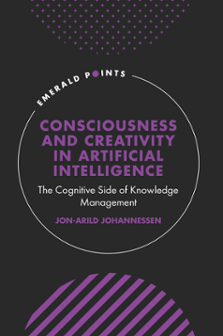
Index
Consciousness and Creativity in Artificial Intelligence
ISBN: 978-1-80455-162-2, eISBN: 978-1-80455-161-5
Publication date: 27 January 2023
Citation
Johannessen, J.-A. (2023), "Index", Consciousness and Creativity in Artificial Intelligence, Emerald Publishing Limited, Leeds, pp. 141-144. https://doi.org/10.1108/978-1-80455-161-520231003
Publisher
:Emerald Publishing Limited
Copyright © 2023 Jon-Arild Johannessen. Published under exclusive licence by Emerald Publishing Limited